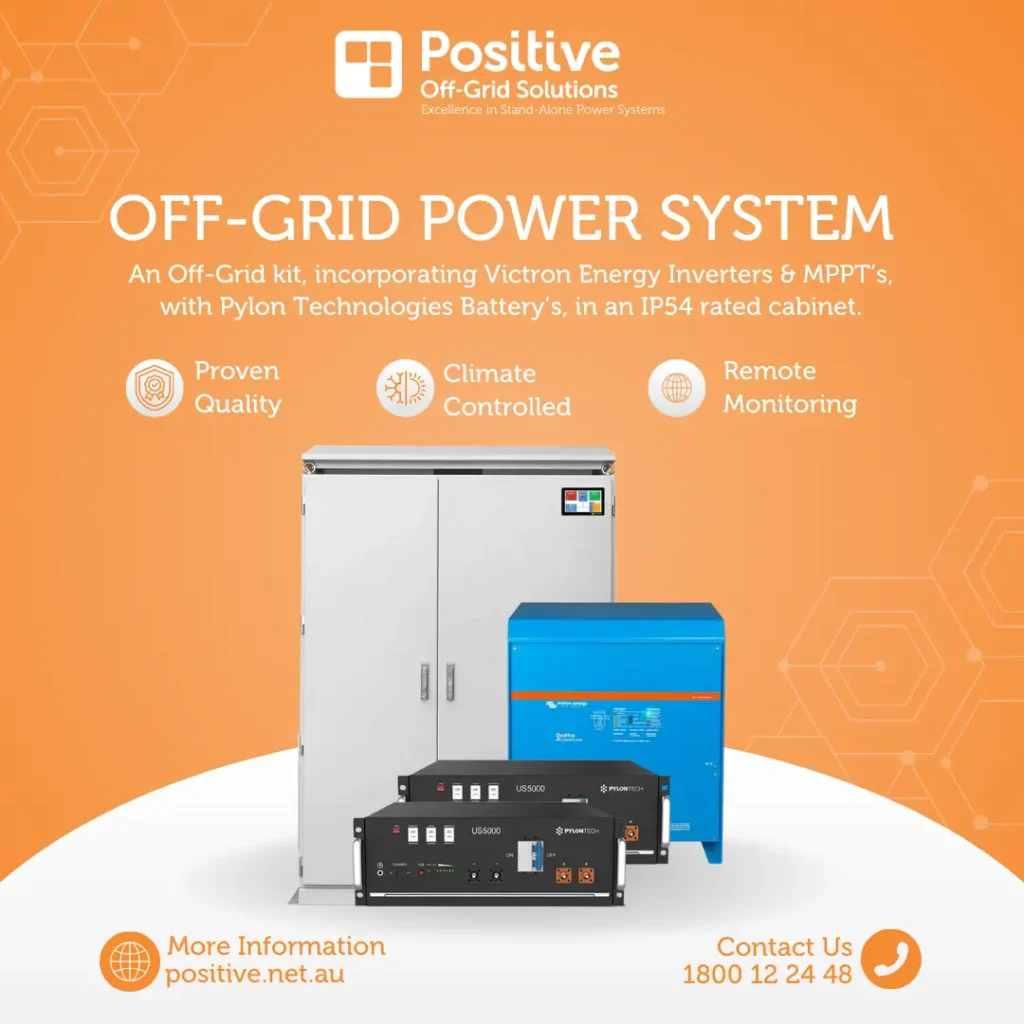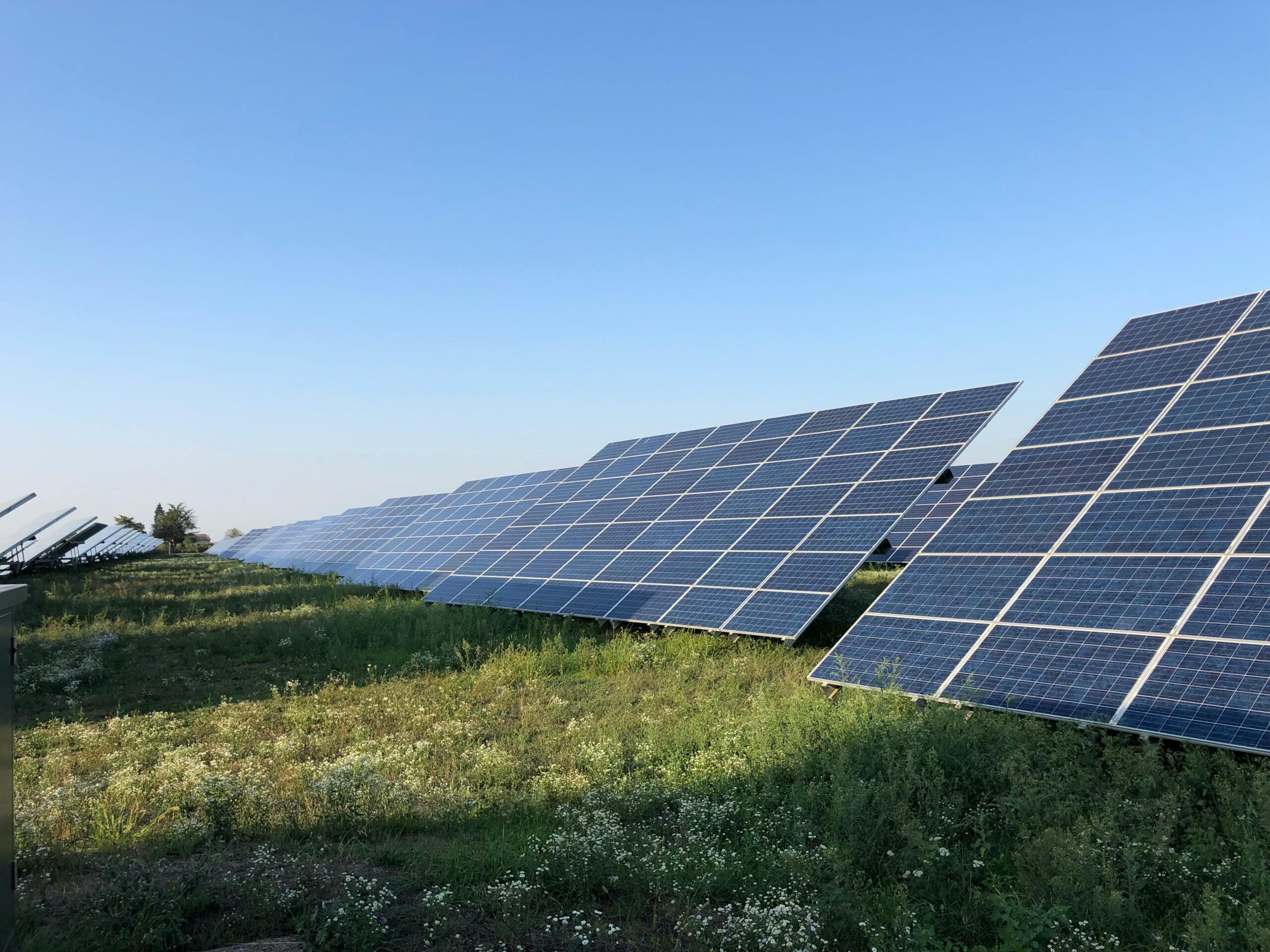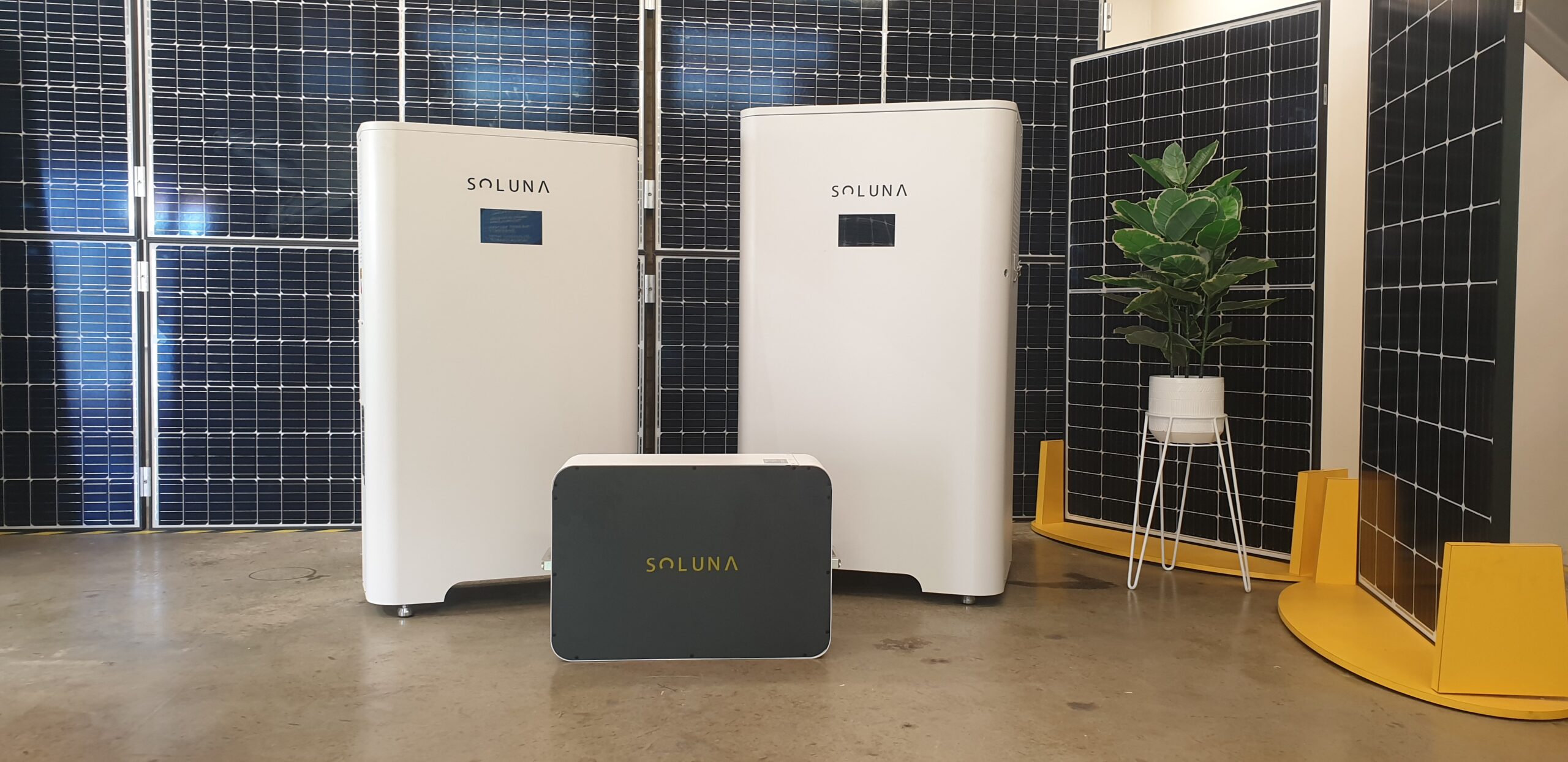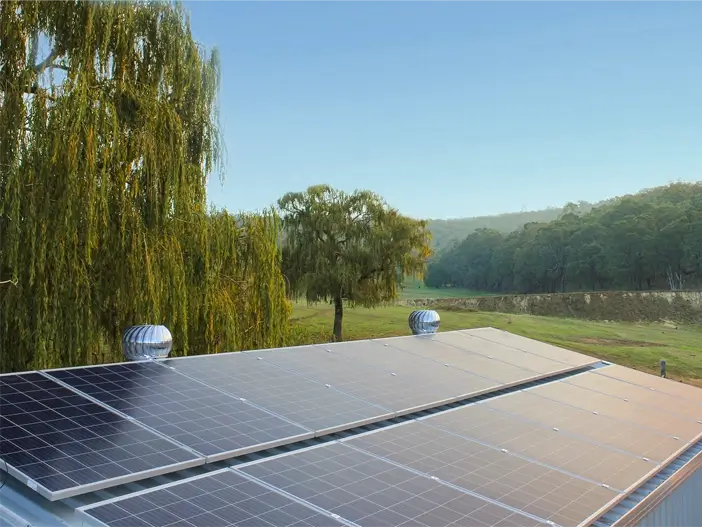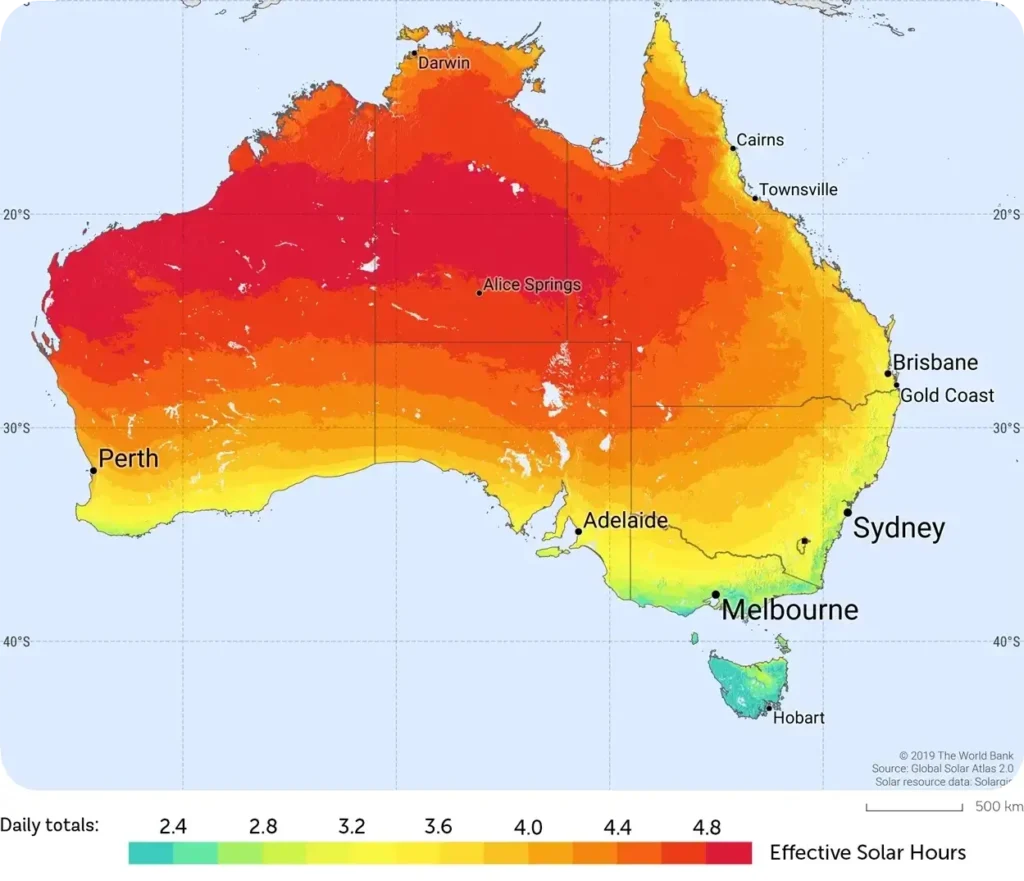In our quest for a more sustainable, inclusive, and equitable world, we find ourselves continuously drawn to the United Nations Sustainable Development Goals (SDGs). These 17 objectives act as a roadmap to guide our decisions and actions, steering us toward a future where every individual can thrive. Among these, the shift towards renewable, off-grid energy sources represents a crucial element. This article will explore the alignment between off-grid energy solutions and the SDGs, highlighting how these decentralised energy sources contribute to goals such as affordable and clean energy, poverty eradication, and climate action.
Off-Grid Energy: A Means to Achieving Affordable and Clean Energy
One of the key objectives under the umbrella of the SDGs is the provision of affordable and clean energy, captured under Goal 7. This goal encapsulates the aim of ensuring universal access to affordable, reliable, and modern energy services by the year 2030.
Off-grid energy solutions, such as solar panels, wind turbines, and micro-hydropower, have proven to be powerful tools in achieving this objective. These systems offer localised and decentralised energy production, often at a fraction of the cost of traditional grid-based energy sources. They are, therefore, instrumental in bridging the energy divide, especially in remote and underprivileged communities.
One inspiring example is the Barefoot College in India, which trains rural women from across the globe in solar engineering. These women, referred to as ‘Solar Mamas’, return to their villages as solar engineers, providing clean, affordable energy and promoting self-sustaining communities. This unique initiative not only works towards achieving clean and affordable energy, but also fosters gender equality and reduces poverty, aligning with several key SDGs.

Eradicating Poverty and Empowering Communities through Off-Grid Energy
Poverty eradication, another primary objective of the SDGs (Goal 1), is intricately tied to energy accessibility. Access to reliable and affordable energy is a fundamental precursor to economic growth and community development, and thus, a critical step towards poverty eradication.
Off-grid energy projects stimulate economic growth by creating jobs, promoting local industry development, and providing opportunities for entrepreneurship. For example, in rural Bangladesh, the introduction of Solar Home Systems has created over 115,000 direct jobs, fostering economic growth and reducing poverty levels.
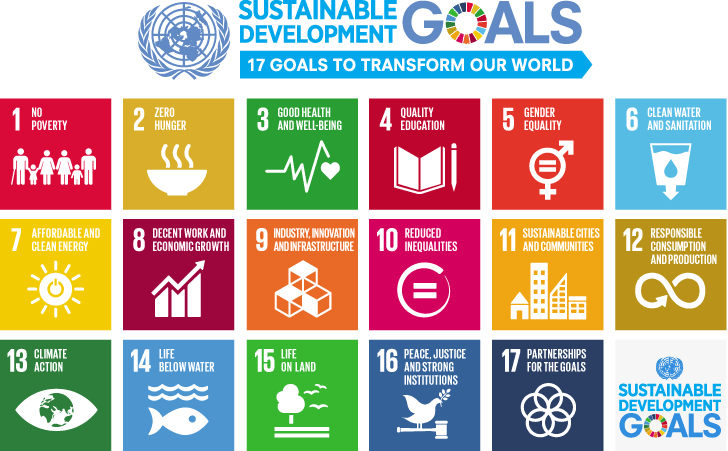
Off-Grid Energy: A Proactive Approach to Climate Action
Addressing climate change (Goal 13) is another essential Sustainable Development Goal, and renewable, off-grid energy solutions play a pivotal role in this endeavour. These technologies help us decouple economic growth from greenhouse gas emissions, thereby contributing to a more sustainable and resilient future.
Consider the Vanuatu Rural Electrification Project (VREP) in the Pacific island nation of Vanuatu. The project provides solar photovoltaic systems to rural households, helping to reduce reliance on diesel generators and kerosene lamps. This shift towards cleaner energy sources not only helps reduce carbon emissions but also contributes to the nation’s resilience against climate change impacts.
Off-Grid Energy as a Catalyst for Achieving Sustainable Development Goals
While the road to achieving the United Nations Sustainable Development Goals is long and multifaceted, off-grid energy solutions have emerged as a promising vehicle to help us get there. These technologies bridge the gap between accessibility and sustainability, empowering communities, driving economic growth, and helping to protect our planet. The examples mentioned here are just a few among countless others that demonstrate the incredible potential and transformative power of off-grid energy solutions. As we strive towards a more sustainable future, off-grid energy stands as a beacon of hope, illuminating the path towards the realisation of the SDGs.


